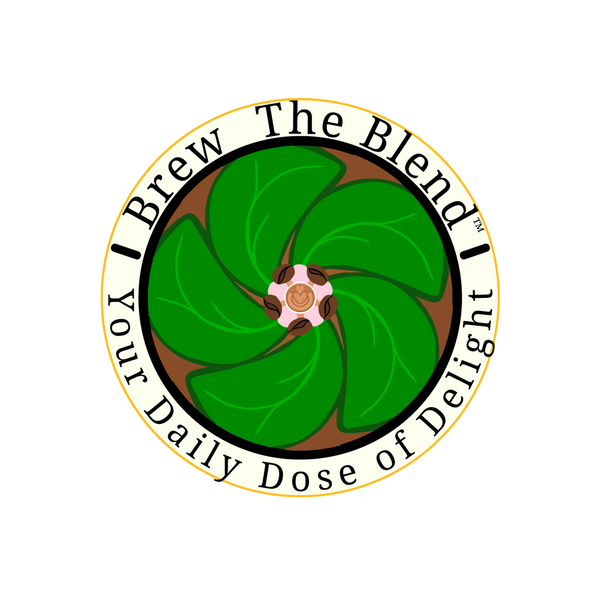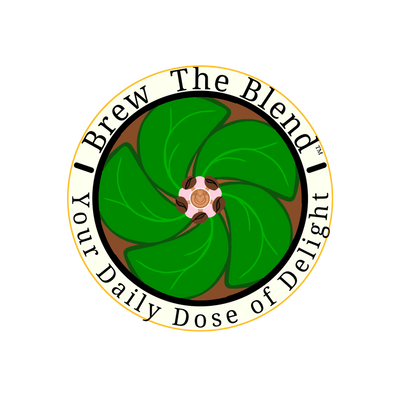
How is coffee roasted to create different flavors?
One cup of coffee has bright and fruity notes, while the other is bold and rich in flavor. It feels like a dream, right? For every coffee lover, this is too good to be true, but it's achievable. What runs behind this perfection is a proper coffee roasting process.
The coffee roasting process is the stage where all the magic happens. It turns the raw beans into aromatic treasures by caramelizing sugars, balancing the acids, and crafting flavor notes that are irresistible to devour.
Did you know that Coffee beans actually ‘pop’ during the roasting process, not once but twice? The first crack indicates the start of coffee flavor development; the second is where it gets bolder and more intense.
The Roasting Process: Where Science Meets Art

Science and creativity meet in roasting, transforming raw green beans into the flavorful treasures we know and love today. Coffee roasters can unlock various coffee roast profiles by carefully controlling heat, time, and airflow.
The basics of roasting
Roasting unfolds in three essential stages. First, the drying stage removes moisture, prepping the flavored coffee beans for transformation. Then comes the Maillard reaction in coffee roasting, where sugars and amino acids combine to create nutty, caramelized flavors. Finally, the development stage intensifies flavors as flavored coffee grounds crack audibly, signaling they’re ready to shine.
The basics of roasting unfold into three essential stages.
- The first is the drying stage, where moisture is removed, prepping the coffee beans for a unique transformation.
- Then comes the Maillard reaction in coffee roasting, where the sugars and the amino acids combine to craft a nutty, caramelized flavor.
- Finally, we talk about the stage of development. In this stage, the flavor intensifies as the flavored coffee beans are audibly cracked during the coffee roasting stages (first crack, second crack).
Also Read: How Much Caffeine in Decaf Coffee
Key Factors That Shape Flavor of the Roast

Roasting flavor depends on several key factors that determine how coffee is roasted:
- Temperature: Higher heat crafts bold flavors, while lower heat preserves subtler notes, showcasing the role of coffee bean roasting temperature.
- Roast Time: Faster roasts highlight bright, acidic flavors, while slower roasts bring depth and smokiness, clarifying the flavor differences between light and dark roasts.
- Airflow: Airflow balances the heat distribution for even roasting and natural flavors for coffee.
- Agitation: Constant stirring ensures uniform roasting and prevents the burning of coffee flavoring oils.
The Influence of Bean Origin and Processing Methods on Roasting
Some coffee lovers might think the coffee flavor starts at the coffee roasters, but it begins a long way before that for incredible coffee roasts. It is influenced by the soil, altitude, and processing methods used to prepare the flavored coffee grounds.
The origin of a coffee bean plays a crucial role in determining its different flavors and in producing a flavorful or complex brew.
Geography and Altitude
Coffee beans grown at higher altitudes, such as those in Ethiopia or Colombia, offer a unique flavor profile. They tend to be more complex, with brighter colors and often fruity, floral notes, making them a distinct and flavorful choice for coffee lovers.
The cooler temperatures and slower bean maturation at higher altitudes significantly develop a more complex flavor profile for coffee.
Roasting is a crucial step that brings out these delicate, higher-acid notes in coffee beans, enhancing the natural characteristics of the coffee. This process is a testament to the art and science of coffee roasting, making your coffee genuinely unique.
Also Read: How Coffee Packaging Impacts Flavor and Freshness
Processing Methods
How are coffee beans flavored? Before the roasting process even begins, the way coffee beans are processed has a significant impact on the flavor of the coffee. Each method, whether it's the washed (wet) process, the natural (dry) process, or the honey process, shapes the flavor profile of the coffee uniquely.
- Washed (Wet) Process: Beans are washed to remove the outer fruit of the cherry. This results in a cleaner and brighter coffee-tasting experience with high acidity
- Natural (Dry) Process: Coffee beans are dried with the sheet attached, producing a full-bodied coffee with more intense flavors.
- Honey Process: A hybrid method where some of the cherry’s fruit remains during drying, which creates a balanced flavor profile with mild acidity and sweet fruity notes.
Conclusion
Ultimately, the art of coffee roasting techniques is a harmonious blend of science, technique, and creativity. From the drying stage to the intricate chemical reactions during roasting, every step plays a pivotal role in unlocking the unique flavors of every batch of flavored decaf coffee.
The magic is not just in the coffee beans but in the careful mastery of the heat, time, and airflow. These elements allow the coffee beans to express their true character. By understanding the influence of geography, altitude, and various processing methods, we can gain a deeper appreciation for the rich complexity that every coffee brings to the table.
With each roast, there is always a new story to convey, a new note to uncover. There is always more to discover in the fascinating world of coffee, and Brew The Blend will help you do just that. Our online store offers coffee with the best roast for coffee flavor balance and extraordinary collections to enjoy the best-flavored coffee.
Indulge in the rich, aromatic world of coffee with Brew the Blend. From the delicate notes of a light roast to the bold, intense flavor of a dark roast, we have roasts suitable for all taste buds.
FAQs
1. How do you make flavored coffee beans?
You can make flavored coffee beans by adding flavoring oils or extracts to roasted coffee beans.
2. How do coffee beans get flavored?
Coffee beans get flavored by coating them with different flavoring agents after roasting.
3. How do they make flavored coffee beans?
We craft flavored coffee beans by blending roasted beans with various oils to ensure even absorption.
4. How is coffee roasted to create chocolate flavors?
Coffee is roasted from Medium to Dark. Roasting enhances natural chocolatey notes through Maillard reactions.
5. How do coffee roasters make flavored coffee?
Coffee roasters make flavored coffee by roasting the beans and applying flavoring oils and extracts.
6. How does coffee get different flavors?
Coffee derives its flavors from the origins, altitudes, processing methods, and roasting techniques of different beans.
7. What causes the flavor of roasted coffee?
The flavor of roasted coffee is attributed to various chemical reactions, including Maillard and caramelization, that occur during the roasting process.
8. How does roasting affect coffee flavor?
The roasting process affects the flavor of the coffee. Light roasts highlight acidity, while dark roasts bring bold, smoky flavors.

